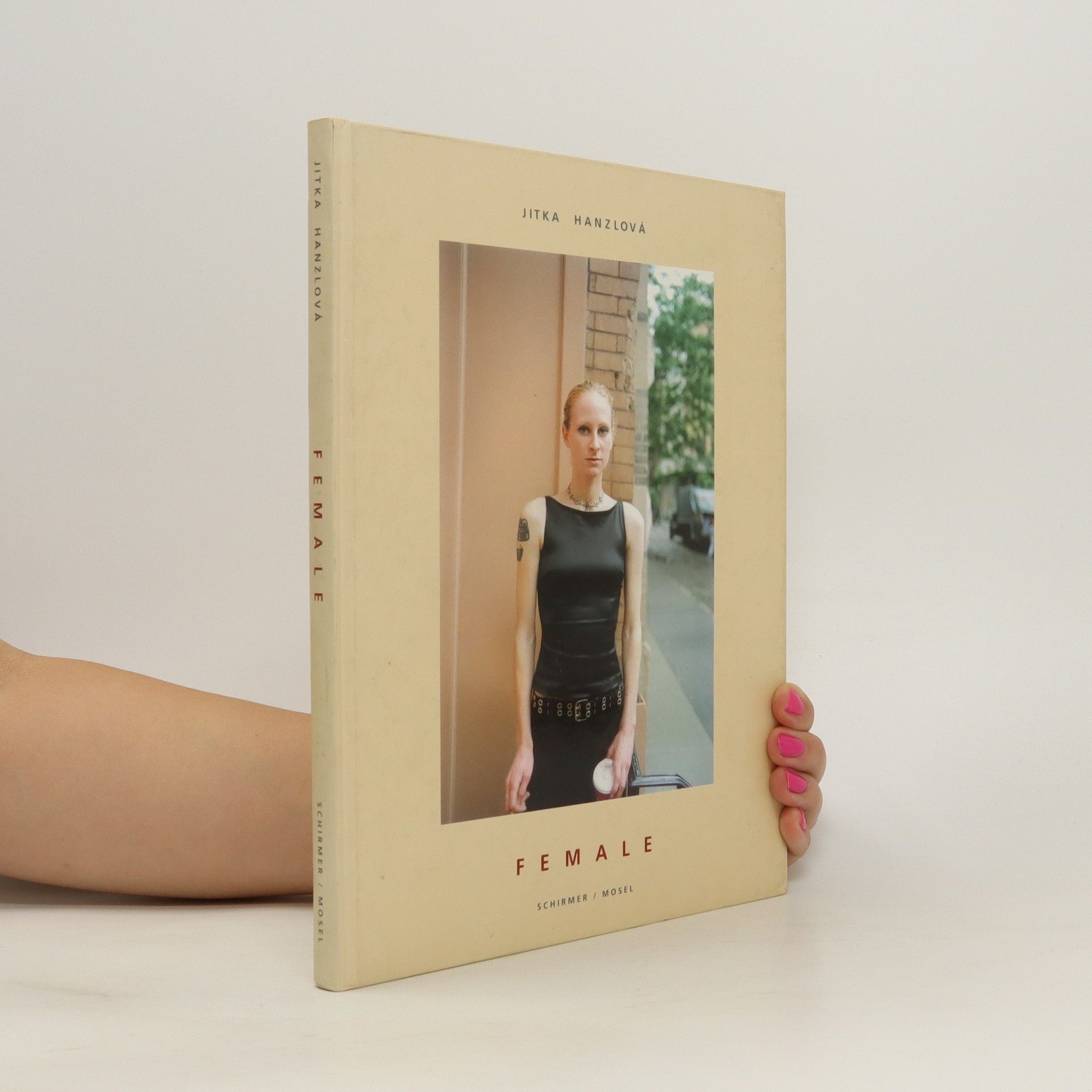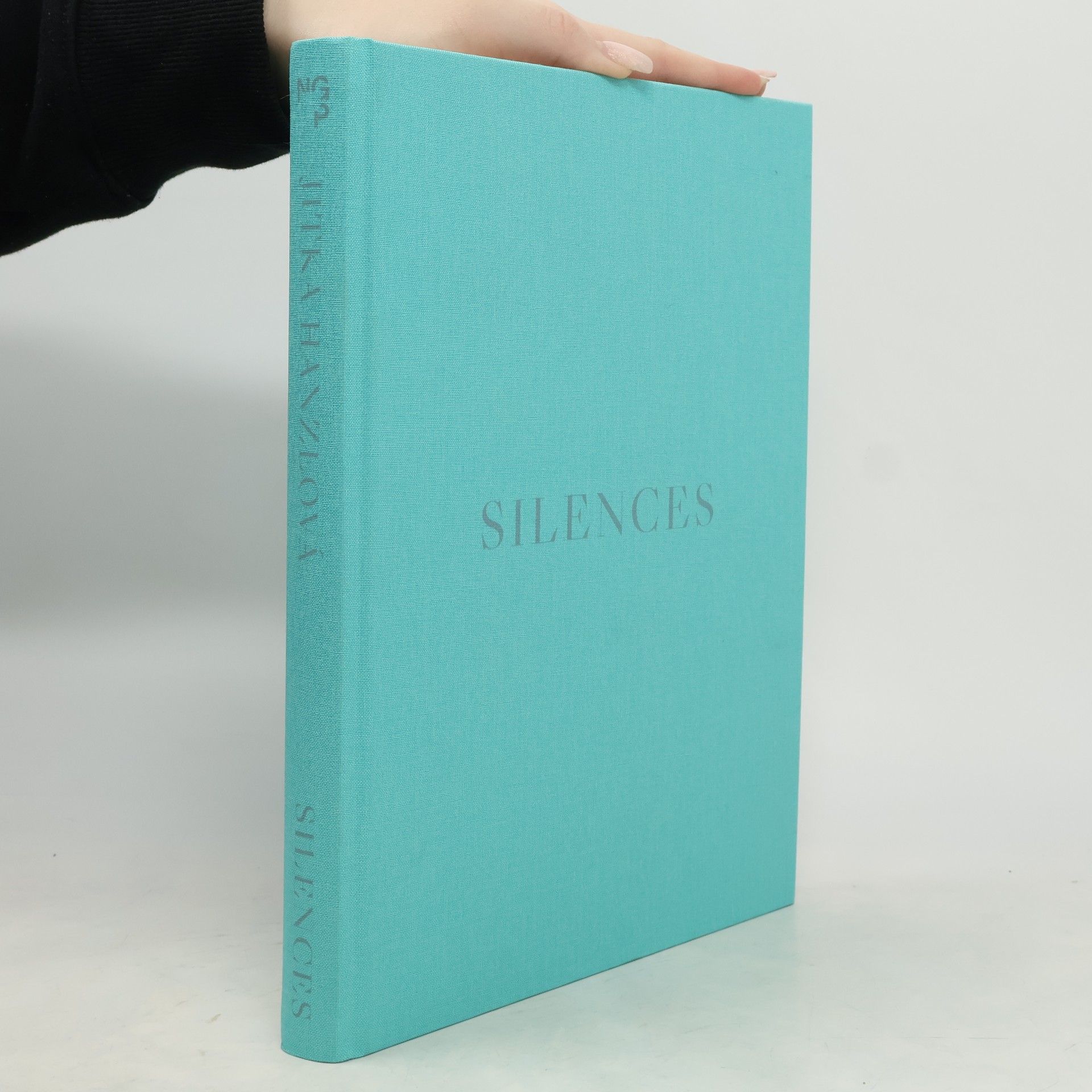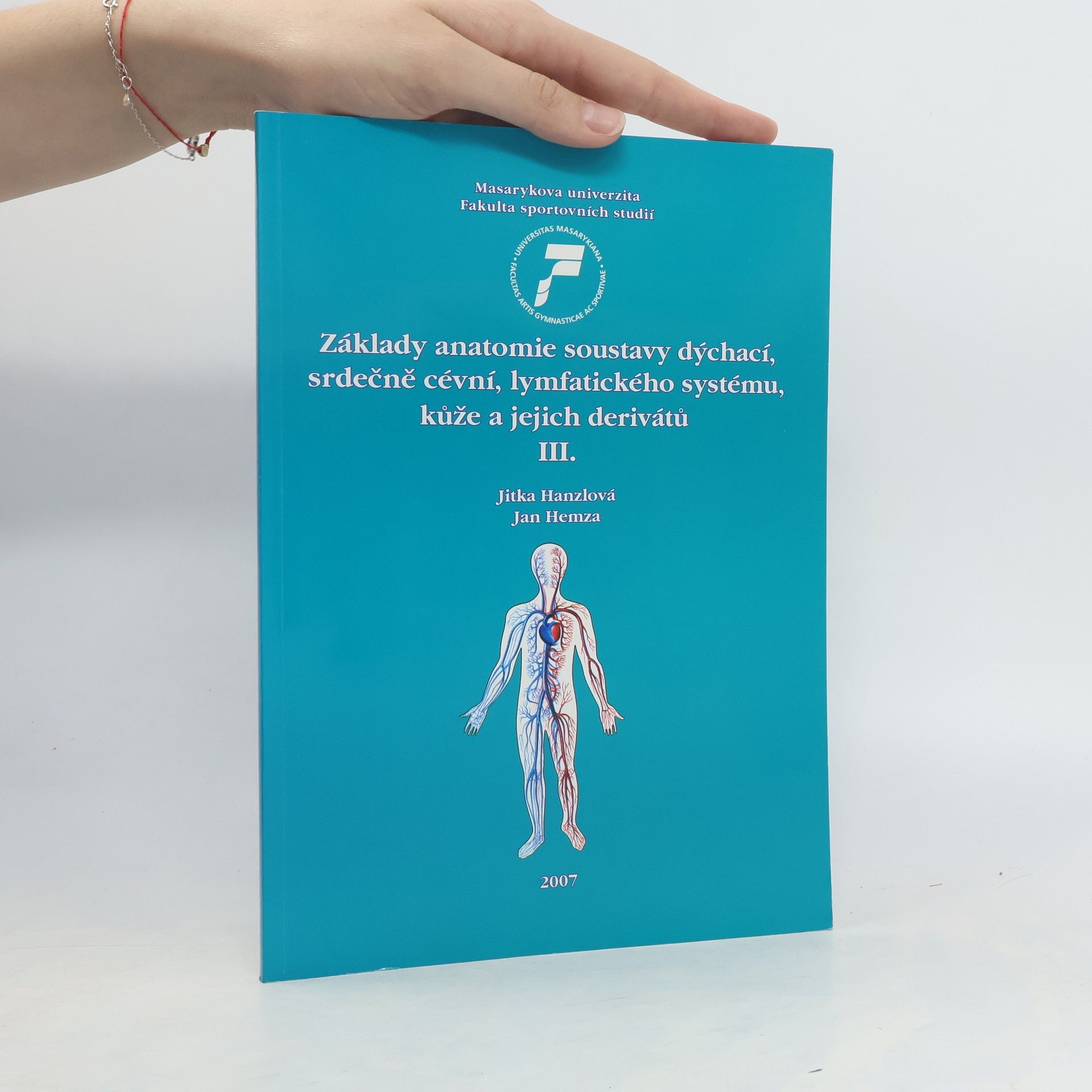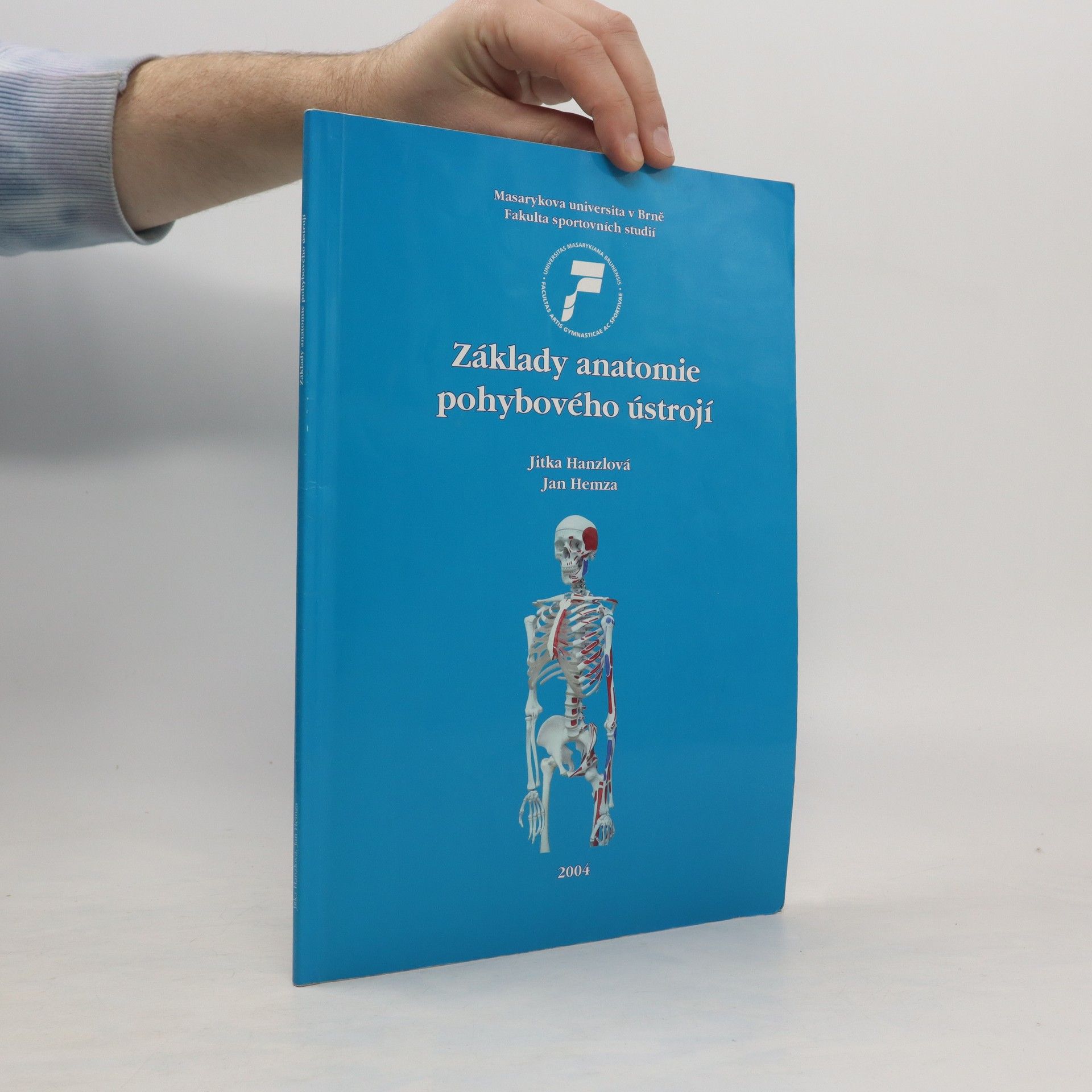Jitka Hanzlova Book order






- 2019
- 2019
- 2018
Jitka Hanzlová stellt ihre neueste Fotoserie „Vanitas“ vor. Die Aufnahmen von Blumen und Blüten sind, zum ersten Mal im Werk der Fotografin, im Studio entstanden. Effektvoll ausgeleuchtet werden die Arbeiten in großem Detail und Bildschärfe vor einem schwarzen Hintergrund abgebildet und erinnern an Florilegien des 16. und 17. Jahrhunderts. Das Buch ist bibliophil ausgestattet und folgt der strengen Gestaltung, die Jitka Hanzlová mit ihrem ersten legendären Buch „Die Bewohner“ erfunden hat.
- 2017
Cotton rose
- 112 pages
- 4 hours of reading
- 2016
Jitka Hanzlová
- 92 pages
- 4 hours of reading
In previous series, Czech photographer Jitka Hanzlová (born 1958) has explored the connections between individuals, their identities and their environments. In the body of work collected here, she turns her camera on horses. As art historian Jesus Carrillo Castillo has noted, horses are more familiar as images than as animals--so to recapture the physicality of the horse, and convey something of the visceral experience of being with these animals, Hanzlová zooms in on the details. She moves in close to her subjects, creating intimate color photographs of parts of horses, capturing the essence of these animals in the texture of their eyelashes, the fur on their ears or a piece of grass caught in a long tail. Beautifully produced in an oversized clothbound format, Jitka Hanzlová: Horse features a preface by John Berger.
- 2007
Základy anatomie soustavy dýchací, srdečně cévní, lymfatického systému, kůže a jejich derivátů III.
- 121 pages
- 5 hours of reading
- 2005
Photographer Jitka Hanzlov's new series, Forest, here accompanied by a John Berger essay, continues her work in and around the village where she grew up, leaving the town and its inhabitants for the forest. Her stark prints explore the Moravian woods of her youth--and all the naturally-occurring corridors, courtyards, haunted houses and gilded ponds there--as a kind of visible, perceptible "unknown" in herself and the viewer, as a dark spring, as the unfathomed depths from which we emerge. Though many of us don't often go into the forest, we know that it is there, and we know that it is critical to both the way one imagines the world--light and dark, city and country, home and unknown territory--and to the physical processes, not least the manufacture of oxygen, that keep the world going. In this respect, Hanzlov's work is once again, as it has been so directly in Female, and persistently in Rokytnik, meaningful sociopolitically as well as aesthetically.
- 2004
Základy anatomie pohybového ústrojí
- 94 pages
- 4 hours of reading
- 2000
Female
- 128 pages
- 5 hours of reading


